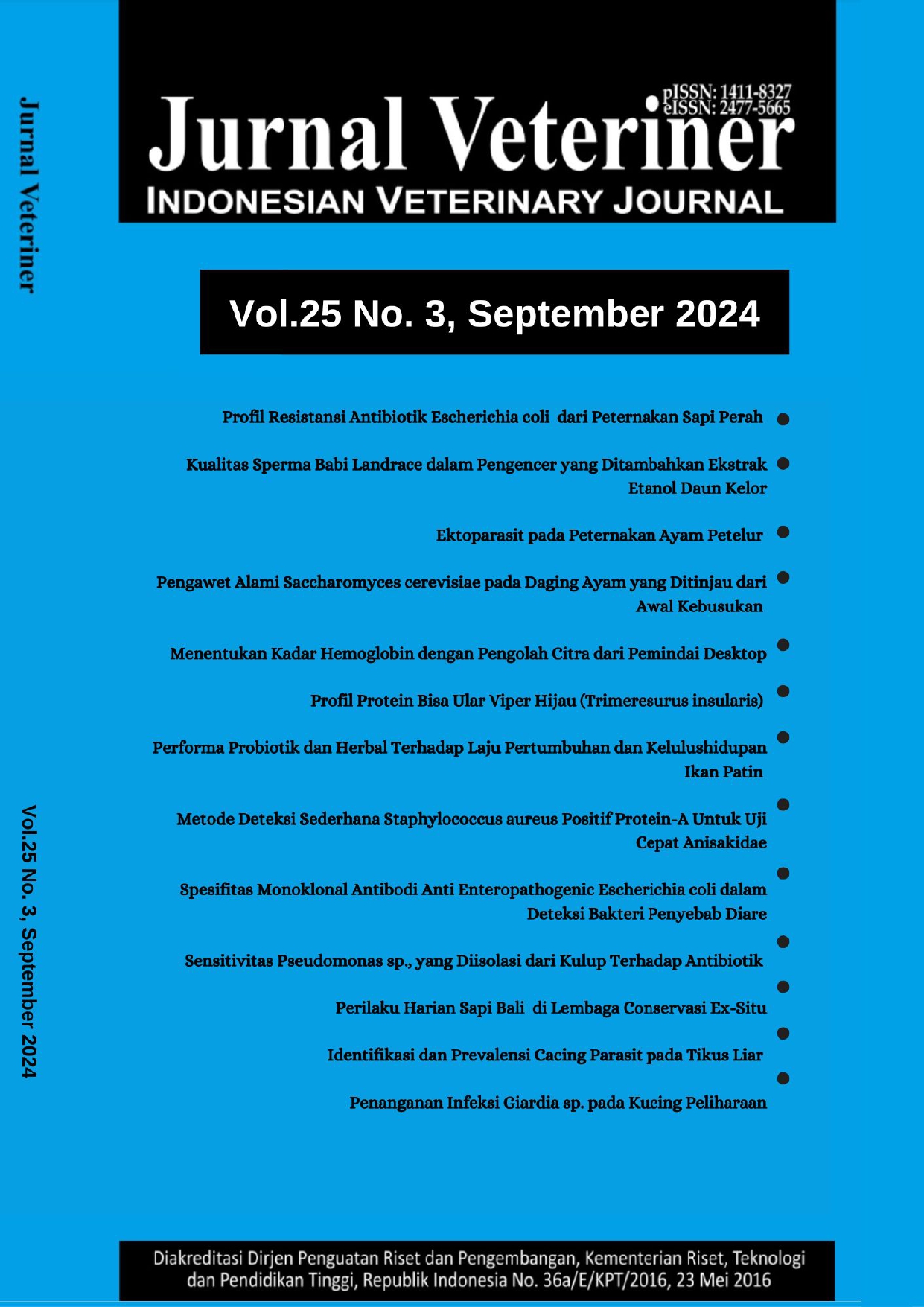Simple Method for the Detection of Protein A positive Staphylococcus aureus for Anisakidae Rapid Test
Abstract
Based on the unique properties of protein A which naturally binds to the Fc IgG
fraction of mammals but not to the Fc IgY fraction of chickens. The serum-soft agar (SSA) technique can be used to sort Staphylococcus aureus isolates that have protein A from those that do not. Protein A-positive S. aureus will form compact colonies in SSA with rabbit serum, while those that do not will form diffuse colonies. The use of chicken serum in SSA will produce diffuse colonies, even when S. aureus has protein A. The compact colony reflects the inhibition of bacterial growth in SSA. Such a phenomenon might be related to the formation of interaction complexes between IgG and protein A on the surface of the bacteria, in which these complexes inhibit bacterial growth. No comparable results were shown by the protein A negative S. aureus. The presence of protein A on the surface of bacterial cells was confirmed by the occurrence of Spa gene using polymerase chain reactions (PCR). An isolate of protein A-positive S. aureus was chosen and coated with rabbit IgG specific against Anisakidae antigen to be used as a non-soluble matrix for the preparation of the Anisakidae co-agglutination rapid detection test.



















